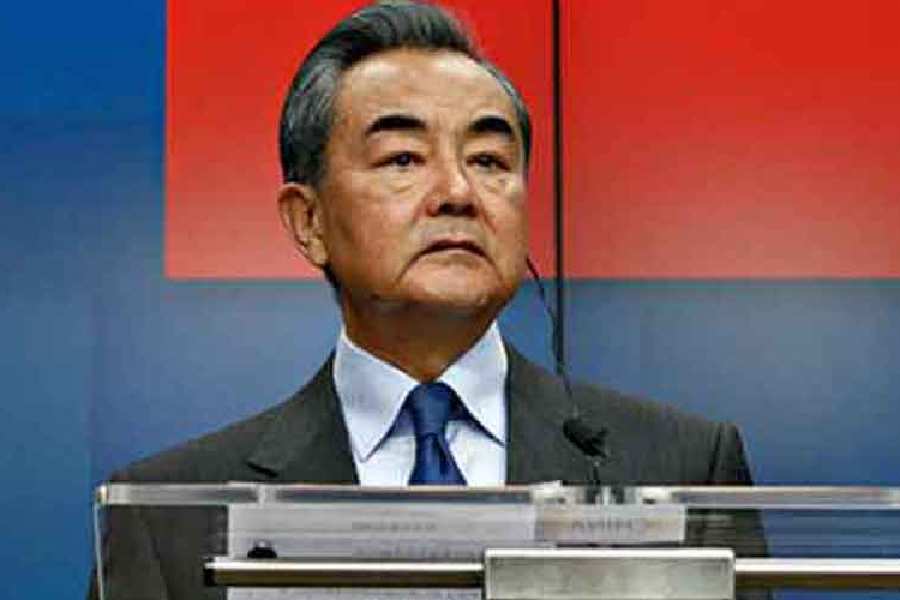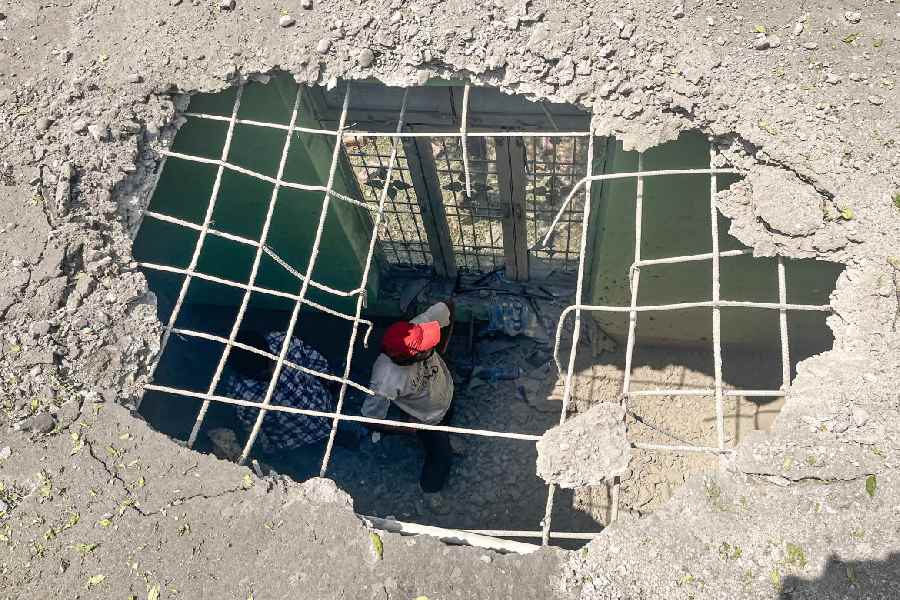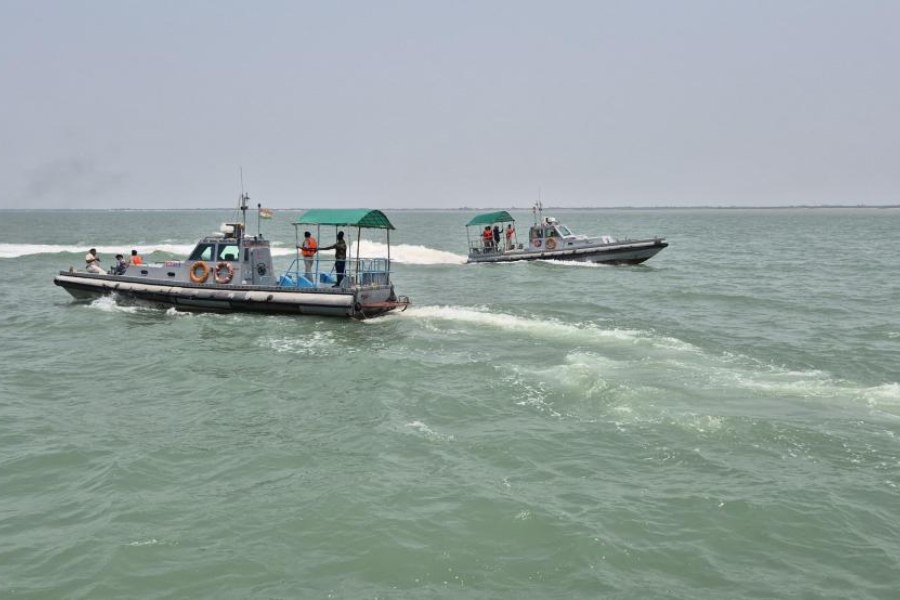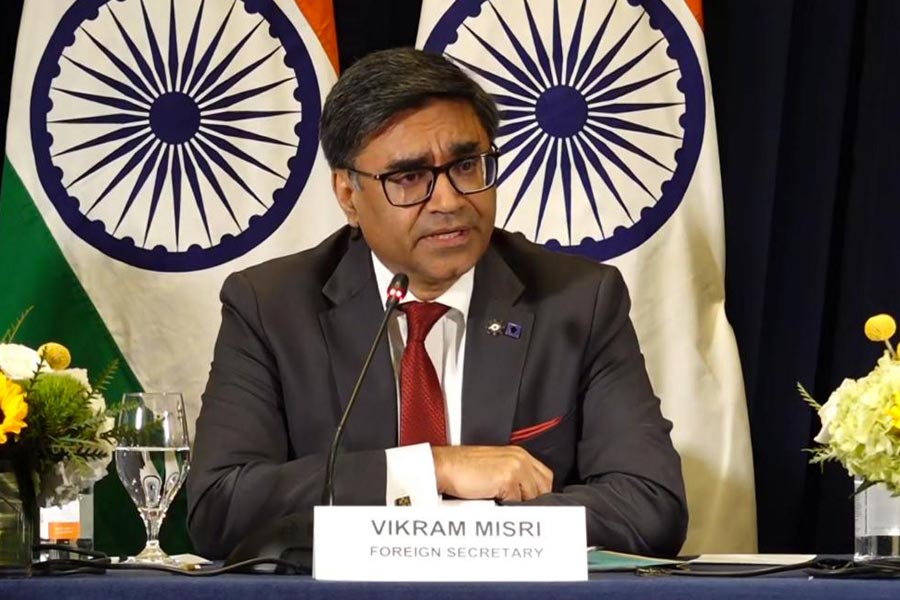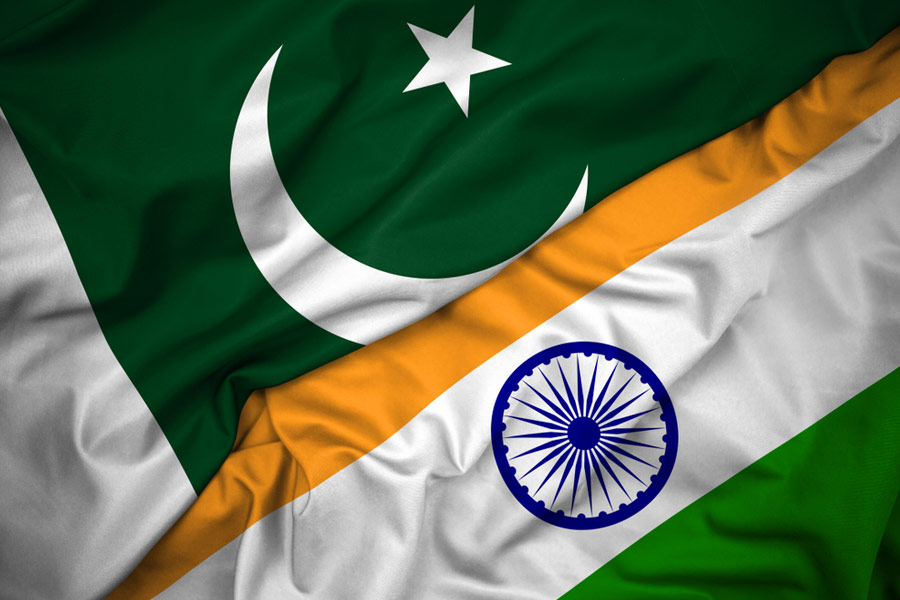
The National Democratic Alliance government has been very good at creating attractive slogans that get it votes. It promised all of us 'good times' almost immediately; it focussed on development for all; it said it would bring back within 100 days all the money held abroad illegally by Indians, and a lot more. The latest is the slogan for foreign investors to 'Make in India'. One is beginning to wonder whether Narendra Modi and his government are capable of going beyond slogans to realizing them. This government missed its chance when it presented a lacklustre budget by an overloaded finance minister with no background in economics or business. At least P. Chidambaram, also a successful lawyer with a masters in business administration, had business in his genes, given that he is a Chettiar.
Let us not get fooled by the dropping inflation, somewhat improved growth in the gross domestic product and better balance of payments. Saudi Arabia has presented this opportunity by forcing down crude oil prices in order to put much of American shale oil out of business before raising crude prices again. Nothing that this government has done in six months could have given these results.
As I had pointed out in these columns in the early days of the government, Modi would not allow the Rashtriya Swayamsevak Sangh to interfere with his development agenda, but he would give it room for its Hindutva agenda. In fact, it appears that the RSS has a better plan for implementing its agenda than Modi has for his development agenda. His ministers, few with experience and many undeserving of the important portfolios they have been given, have been of no help. His human resource development minister does not have a clue on how to go about adding to education in quantity and quality. Instead she is playing with school textbooks, curricula, history, sitting on appointments of directors of major institutions, doing little to improve the severe shortage of faculty and so on.
One of Modi's slogans was improvement of education and skill-development so that India could cash in on the demographic dividend. There is no sign of that. There has been no initiative to reform agriculture by moving politics out of fixing support prices, removing government control of markets or by improving agricultural infrastructure and other much-needed measures. Power and coal are caught in the old mindset, given the continuing public ownership of most of these sectors. There is as yet no rationalization of waste and theft of rural development scheme expenditure goes on unabated. While Modi's strength may lie in foreign policy, there is dearth of it in getting the economy to move ahead. Manufacturing is still stuck at its low levels.
The Reserve Bank of India governor, Raghuram Rajan, gave a counter slogan to Modi's 'Make in India' by coining the slogan, 'Make for India'. Perhaps the government should seriously consider this and combine both slogans so that we make for India, in India. India offers a vast and growing market. It has a workforce that learns skills easily. It can both be a supplier of goods and services, and source of skilled labour to the world when the world needs it. Given the deteriorating economies of Germany, the rest of the European Union, Japan, Brazil, much of Africa, even China and South-east Asia, India is really shining (not because of its governments but because of external events). It may be doing much worse than it was a few years ago, but its situation is better than other countries. Focusing on making for the Indian market is therefore sensible advice.
Developed countries, except the United States of America, are in a bad shape, with low interest rates (already at near zero) giving no more scope for stimulating the economy, with their ageing labour forces and rigid labour markets. The US is much better off and is showing recovery mainly because of the rise in shale oil and gas production. These have displaced expensive imports. The US expects three per cent growth, a sharp decrease in unemployment, revival in consumer confidence and retail purchases. Interest rates, now at around zero, will rise soon. The boom in the production of oil and gas from shale has also led to a collapse in world oil prices, thereby benefiting emerging economies like India that are short on oil supply. Saudi Arabia's efforts to make high-cost shale oil production unviable with low-end prices, thus reducing domestic production in the US and forcing an increase in its imports, will keep crude prices low for some years.
India must seize this opportunity. No further reduction in retail prices must happen. The government must accumulate the difference to government revenues. This will serve two purposes. There will be lot more money for infrastructure development. The consumer will not face as much of a shock when crude prices rise again.
At the same time, India must be cautious in depending on Russian supplies of defence equipment and nuclear plants. Russia has a collapsing rouble, declining growth, rampant inflation and large increases in interest rates. Its economy has not diversified. It continues to be heavily dependent on crude oil and gas exports. The collapse in world crude prices and Western sanctions, on account of Russia's takeover of Crimea, have hurt Russia badly. Russia is unlikely to recover soon. In such a situation, Russia may desist from further external adventures. However, neither global unrest nor Russian collapse is in India's interest. Certainly, it is unsafe to advance large sums to Russia as down payment.
Energy supplies and costs are fundamental to India's development. The law on unlimited liability for nuclear equipment plant suppliers in case of accidents must be modified or the liability should be limited. Other countries such as Japan, the US and South Korea could then supply their nuclear technology and reduce India's dependence on coal. Construction of the new hydro plants in Nepal, agreed recently, must move apace. We must improve the technology in coal mining so that productivity and production can rise. This will ultimately require the denationalization of Coal India.
Indian organized manufacturing is less than a fourth of the GDP. Its rise will also increase urban jobs in organized manufacturing (presently around six per cent of the total employment). These new jobs will meet the expected surge in migration to urban from rural areas. India's import dependence must decline, especially on imports of defence equipment, silicon chips, coal and solar panels. The RSS paranoia about foreign investment has kept a cap of 49 per cent on foreign direct investment in defence industries and insurance. These must be raised. Investors must feel that they have control. This control might be illusory once the factory is established in India. Indian employees for these factories automatically lead to technology transfer.
Another major rising import is that of coal. Commercial sale of coal on the Energy Exchange, modern technology in mines, tough regulation of coal tariffs, releasing power tariffs from political interference, appointment of truly independent regulators and denationalization of coal could make India use its coal reserves more fully. This would lead to a sharp reduction in coal imports.
The Modi government has run out of time to announce its policy framework and implement it. For this, it must have good ministers. Except for a very few, such as Suresh Prabhu, Manohar Parrikar and perhaps some others like Piyush Goyal, Sushma Swaraj, Ravi Shankar Prasad and Nirmala Sitharaman, it is weak in key portfolios such as home, finance, human resource development, urban and rural development, agriculture, health and a few others. These portfolios are at the core of any development action. The Modi government must not allow any shift in its focus on development. Hindutva can wait until there are visible changes in development. So can slogans and rhetoric. We need implementation.
The author is former director-general, National Council of Applied Economic Research


